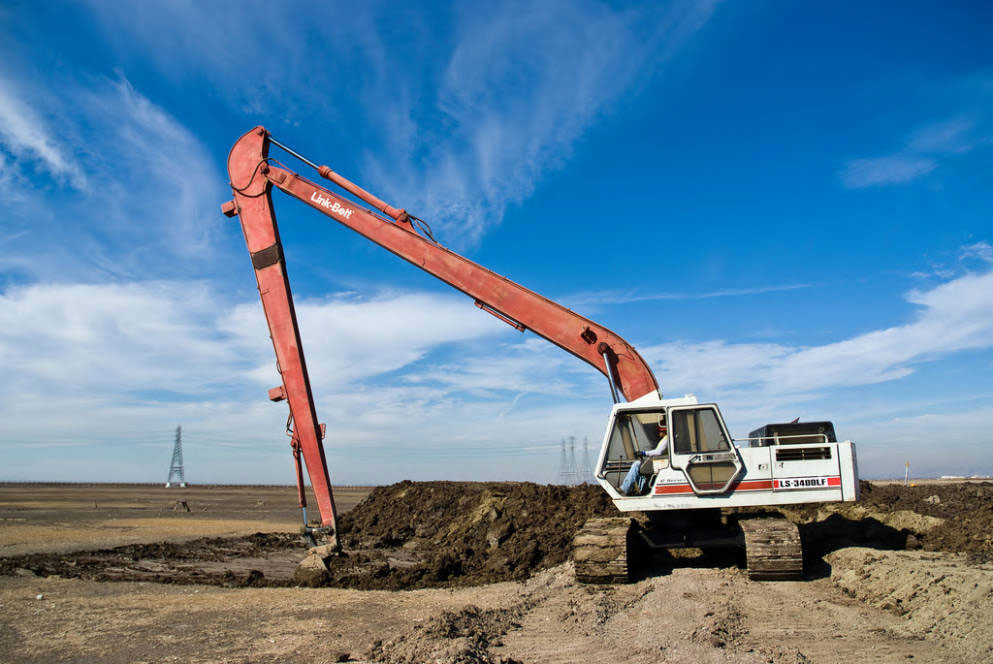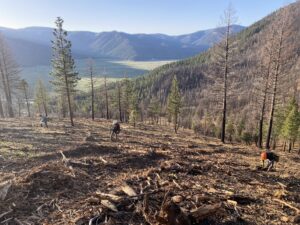It was the most sustainable of times, it was the most resilient of times. At least, those words were on everyone’s lips, so we can be sure it was an age of neither, since what do we speak of but what we desire? And what do we desire but what we lack?
Sustainability and resiliency: The last two decades have seen these once little-regarded words spread like an algal bloom. But there was a sense sustainability had run its course when it appeared 14 times in a 2016 New York Times article headlined “The Greening of Superyachts.” The conservation world needed a better buzzword.
Enter resilience, which pops up often in regard to climate change and disasters, but has lately been applied to such topics as drug addiction, body fat, the Oscars, midlife crises, and American political institutions in the Age of Trump, including a Los Angeles Times editorial that worries, in part, about the resiliency of the rule of law and tentatively concludes, “Most likely, it will survive again.”
The word’s been a kind of Leatherman, an everything for everyone, in ecology, too. In 2000, Emory University environmental scientist Lance Gunderson noted in the journal Annual Review of Ecological Systematics that “ecological resilience” was largely in the eye of the beholder. Multiple meanings, Gunderson wrote, would lead “to very different sets of policies and actions.”
The search for a definition for ecological resilience leads you to something like, well, “most likely it will survive again.” A recent Yale E360 piece about the San Francisco Bay argues “resilience, in a nutshell, means preserving options.” The “Resilient Silicon Valley” project created a seven-part definitional “resilience framework” emphasizing the power of place and time. A Google profile in Fast Company identifies “resilience science” as “the new study of how wildlife can adapt to a changing climate”; Google itself calls it “data-driven strategies to promote diverse and enduring habitats.” The May 2017 Open Space Council featured a panel discussion in which participants, all Bay Area ecological experts, were asked their own definition; POST Conservation Science Director Nicole Heller said, “My definition of resiliency relates to the capacity of the system—whether it is the built environment, a natural area, or the two considered together—to absorb changes and reorganize to persist in core functions and attributes.”
Unlike its partner “sustainable,” “resilient” isn’t yet used to sell much except parenting manuals and vinyl flooring. But it fits with the spirit of the times. Sustainable was the word for the optimistic late ‘90s, when we might have kept things the same. Resilient is a word for when you know it’s too late. Resilient is a word that says disaster is coming and asks if you are ready.





